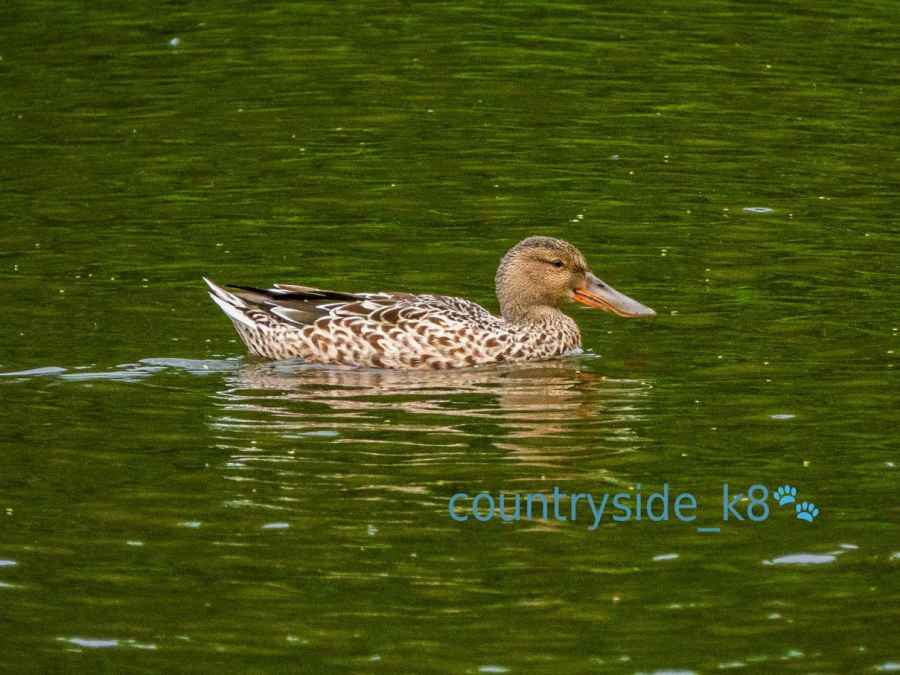
Shoveler (Pair)
Shoveler
Latin name: Anas clypeata
The Shoveler has a very large, shovel-shaped bill that quickly sets it apart from other ducks. Breeding male shovelers have an iridescent green head, rust coloured belly and a white chest and white lower sides. Female and immature shovelers are mottled brown, like female Mallard, but have powdery-blue on the wings, which is sometimes visible on resting birds. In flight they show patches of light blue and green on their wings. In non-breeding plumage, the males look similar to the females.
The large bill of the Shoveler has small, comb-like structures on the edge of it, called lamellae. These act like sieves filtering out tiny crustaceans, seeds and aquatic invertebrates from the water. They are often seen with their heads down, busily sweeping their bills from side to side, in the water. They forage in shallow wetlands, coastal marshes, flooded fields and lakes.
In Britain they breed in southern and eastern England, especially around the Ouse Washes, the Humber and the North Kent Marshes. There are also smaller numbers breeding in Scotland and western parts of England. In winter, breeding birds move south and are replaced by continental birds from further north.
Shovelers can be seen all year round, but are more widespread in the winter.
A common species throughout Britain.
Created: 15 October 2018 Edited: 17 January 2019

Brett Gregory is an award-winning filmmaker based in Bolton whose production company, Serious Feather, is currently making a documentary about autism and poetry.
As a part of this production, Landscape Britain was asked to advise with regards to the location of specific areas of outstanding natural beauty throughout the region.
Visit www.seriousfeather.com for further information.


Wild Roe Deer
Own label and private label building products
We produce, brand and supply for some of the biggest names in the industry. Read more...





